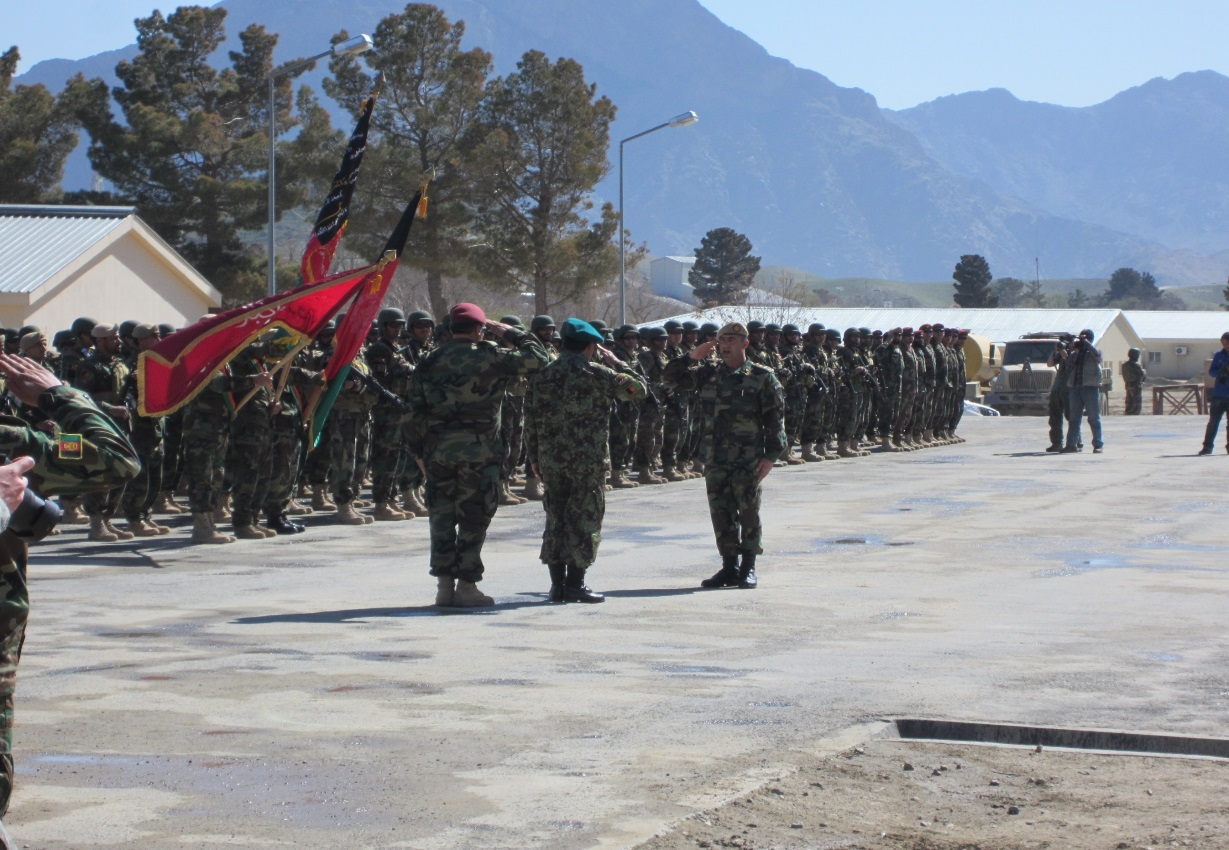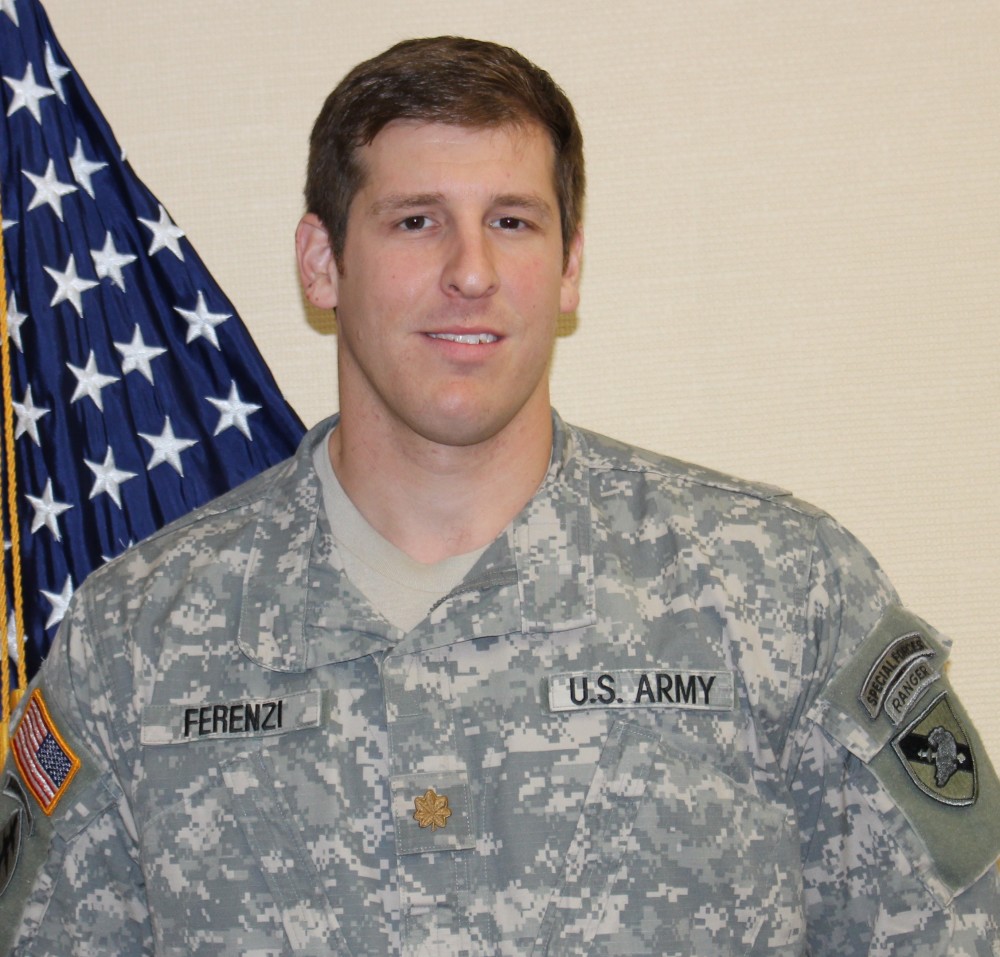Taliban resurgence in Kunduz and Helmand, Islamic State expansion into its recently proclaimed “Khorasan province,” al-Qaeda’s return to Kandahar, billions of dollars down the drain, and military leadership characterized by “incompetence, corruption and ineffectiveness.”
Whither the Afghan state? Should the challenge of post-9/11 efforts to reconstruct Afghanistan be viewed as an aberration, or simply as the most recent attempt in a long, violent history of Afghan state-building defined by a weak center’s fight to impose itself on an unruly periphery?
While the Levant, Crimea, and nuclear deals occupy America’s political bandwidth, massive civilian casualties, collateral damage, and Special Forces deaths ensure the war in Afghanistan is not forgotten by those still fighting it, whether combat operations have officially “ceased” or not. America desperately tries to extricate itself from its 21st century Vietnam, but regional agency and the implications for globalized geopolitics cannot be ignored: spillover effects in the Central Asian states create permissive conditions for increased Russian machinations as US influence declines; resource-hungry China seeks to embed its economic tentacles by virtue of the new Silk Road Economic Belt; and Pakistan continues to stoke jihadist fires in its perpetual quest to attain strategic depth vis-à-vis India in the Hindu Kush. The potential for nuclear escalation aside, the pesky problem of jihad’s varsity team regaining sanctuary in the AfPak region to plan attacks against the US homeland still remains.
It is time to evaluate the post-9/11 Afghan state-building experiment and determine how best to influence its future trajectory in order to secure US national interests and achieve some measure of regional stability. The following paper examines Afghanistan’s history through the lens of state formation theory as a starting point to distill critical lessons that previous Afghan rulers and external sponsors both learned and chose to ignore. It is the first installment in a series that seeks to unpack present and future challenges confronting the United States, Afghanistan, and the international community.
Key findings of this study include:
- Extreme violence and coercion have been necessary ingredients for state consolidation across space and time. The post-9/11 Afghan experience is not an aberration.
- The Afghan state is not sustainable in its current form. Reliance on external rents instead of internal revenue extraction historically handicapped Afghan rulers. This situation persists today, magnified by the scale of bureaucracy and popular expectations created during reconstruction.
- Informal institutions, indirect rule, and armed subnational actors historically served as the bedrock of the Afghan state. The push to rapidly create a liberal, constitutional democracy sidelined these traditional power structures. Deliberate accommodation of such structures is necessary to fill the gaps in formal state capacity to provide security and basic services.
- The United States must shift from a state-centered policy approach to one that acknowledges the utility and legitimacy of less than ideal public-private power sharing arrangements. Fiscal constraints, lack of political will, and a military no longer structured for prolonged stability operations requires reconsideration of how the US may achieve national security objectives in regions defined by the absence of centralized state Leviathans.
Read the full report here: Ferenzi_Push and Pull_How to Consolidate an Afghan State



